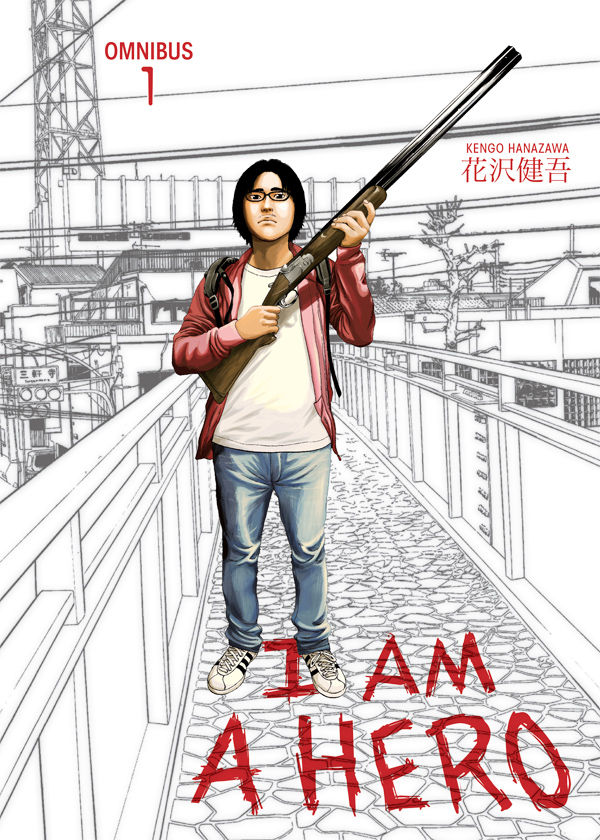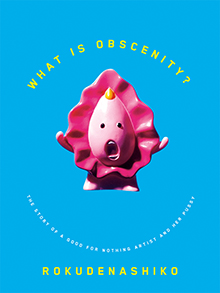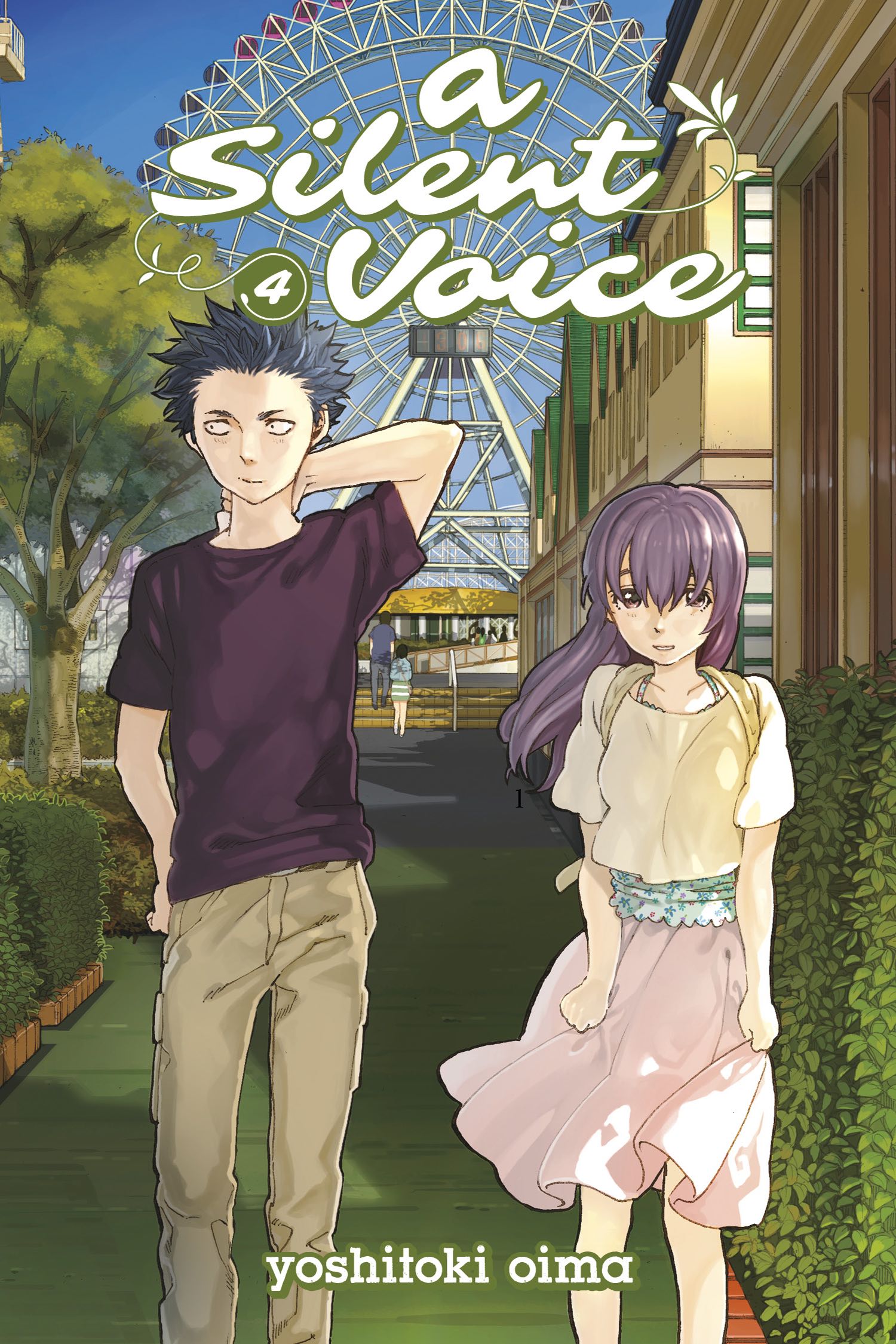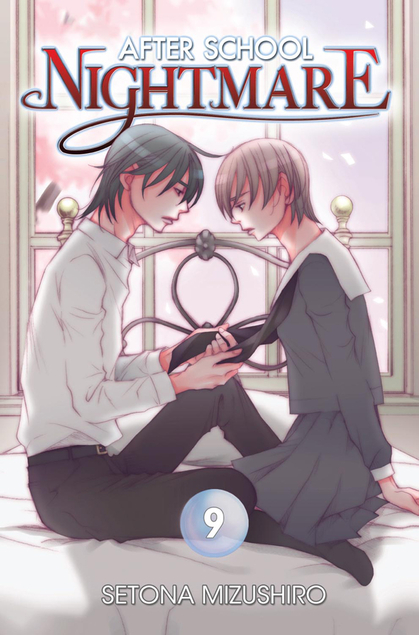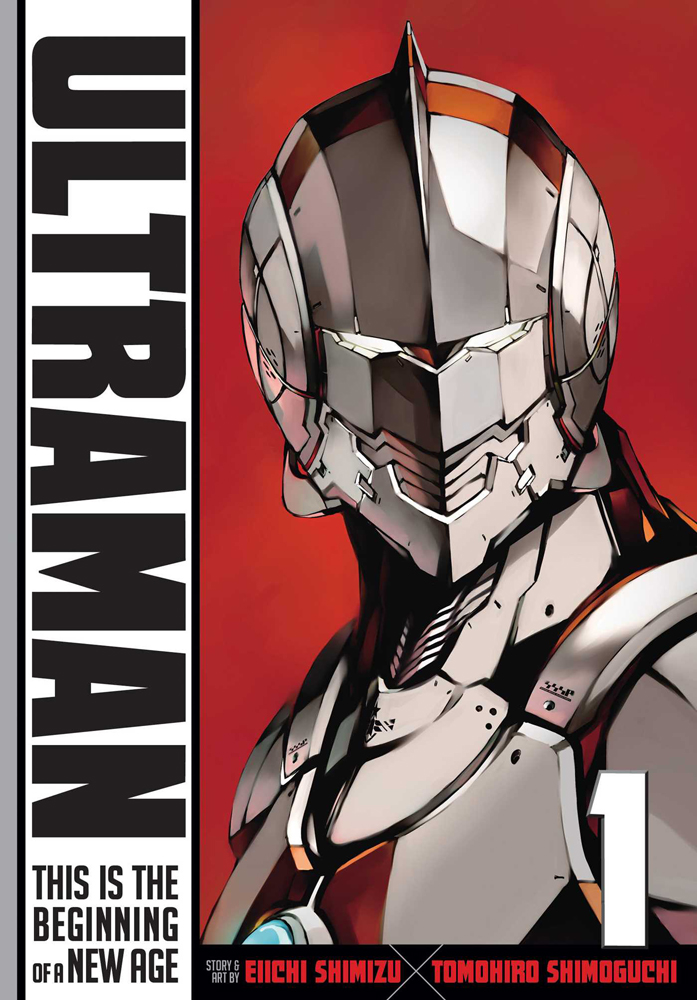My News and Reviews Last week at Experiments in Manga I announced the winner of the superhero duo manga giveaway. As usual, the post also includes a list of manga, in this particular case a list of …
Continue Reading about My Week in Manga: May 2-May 8, 2016 →
